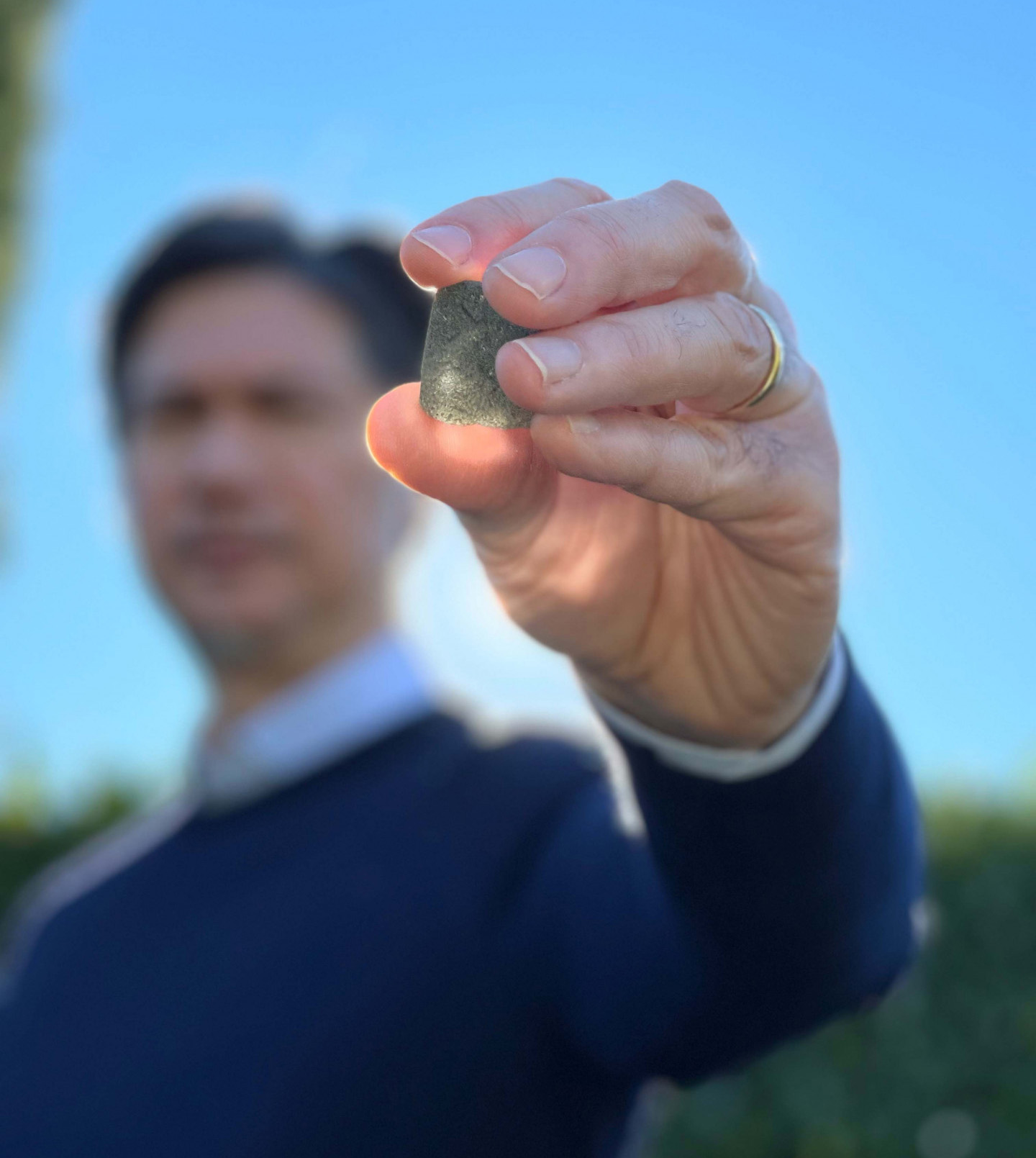Decarbonizing industrial processes with solar heat

What is solar process heat?
Solar energy is the most abundant renewable energy resource on planet Earth. In fact, the sun delivers more energy to the earth within a couple of hours than the whole world consumes within a year. The challenge lies in harnessing this huge energy potential.
Synhelion has developed proprietary solar technologies that generate high-temperature process heat from concentrated sunlight. We primarily use this solar heat to produce synthetic fuels. However, our solar heat can also be applied to other industries that require high-temperature process heat.
Our solar technology converts concentrated sunlight into the hottest existing process heat on the market. State-of-the-art concentrated solar systems typically work in temperature ranges between 400 and 600°C. Synhelion has developed a completely novel technology to attain much higher temperatures. We can provide fully renewable solar process heat beyond 1’500°C, offering industries that traditionally rely on the burning of fossil fuels a sustainable alternative.

Decarbonizing cement production
The cement industry is responsible for around eight percent of global CO2 emissions. Cement manufacturers are searching for solutions to reduce their carbon footprint. To understand the challenges the cement industry is facing, it is important to know the origins of these emissions: one third of the CO2 emissions comes from the burning of fossil fuels to heat the kiln; two thirds come from chemical reactions that release CO2 when limestone is processed.
Any technology that seeks to decarbonize the cement industry must solve both challenges.
Solar cement
Together with our partner Cemex, the second largest building materials company worldwide, we are working on a solution to completely decarbonize cement manufacturing. Our collaboration started in 2019, when Cemex was intrigued by the high-temperature solar process heat we can deliver. We subsequently conducted an extensive feasibility study assessing the potential of applying our solar technology to cement manufacturing. The study concluded that our solar technology integrates ideally with cement production processes, because it is able to tackle both challenges the cement industry is struggling with: replacing fossil fuels and capturing all CO2 emissions from the chemical processes.
Synhelion’s technology offers the potential to drive the full cement manufacturing process with solar energy as well as capture any excess CO2, ensuring that zero CO2 emissions are released into the atmosphere.
We are now taking our collaboration one step further and aim to build the world’s first carbon-neutral cement plant.
Achievements: world’s first solar clinker
Towards the end of 2021, Cemex and Synhelion successfully produced the world´s first clinker with solar energy. The Synhelion and Cemex R&D teams set up a small pilot batch production unit to produce clinker from concentrated solar radiation by connecting the clinker production process with the Synhelion solar receiver. The pilot was installed at the Very High Concentration Solar Tower of IMDEA Energy, located in Móstoles, Spain.
The pilot demonstrated successful calcination and, more importantly, the first successful clinkerization thanks to the high temperatures beyond 1’500°C achieved by Synhelion’s solar technology. The clinker was used to produce cement and was then further processed to produce concrete.
In 2023, Synhelion and Cemex achieved the next step in their effort to develop fully solar-driven cement production: The successful production of solar clinker under plant-like and continuous conditions.
Synhelion and Cemex continue to acquire the key learnings required to implement an industrial-scale pilot at a cement plant, followed by the construction of a solar-driven full-scale cement plant.

